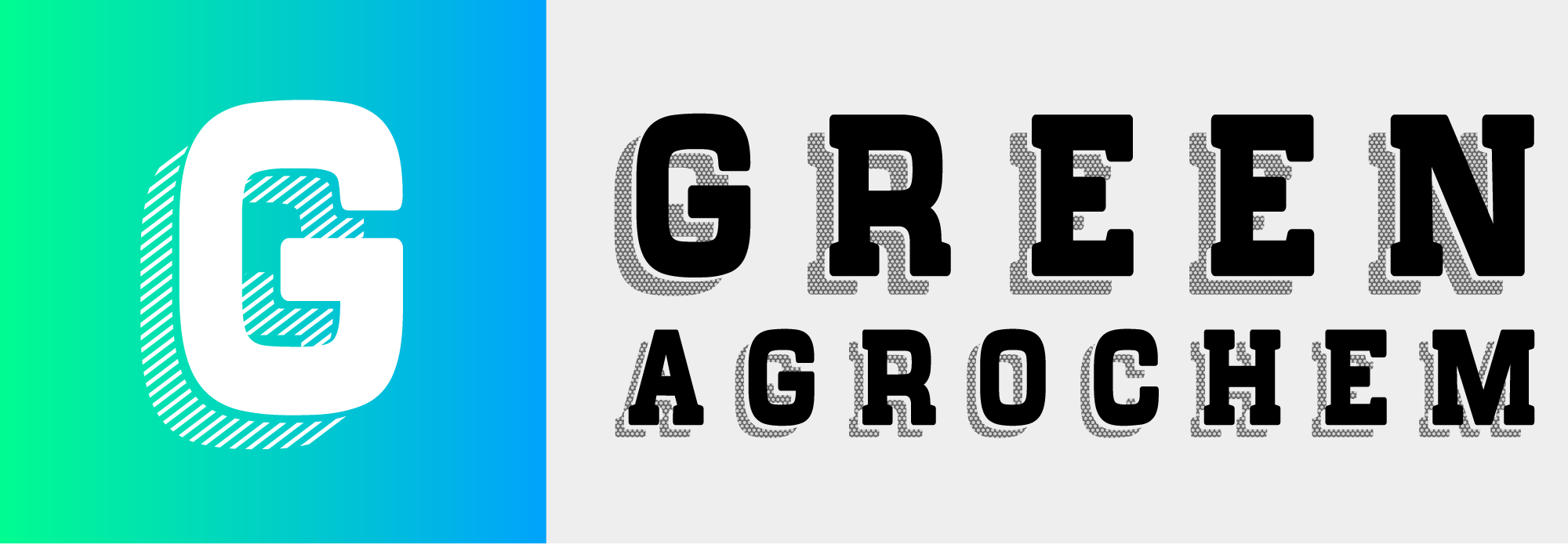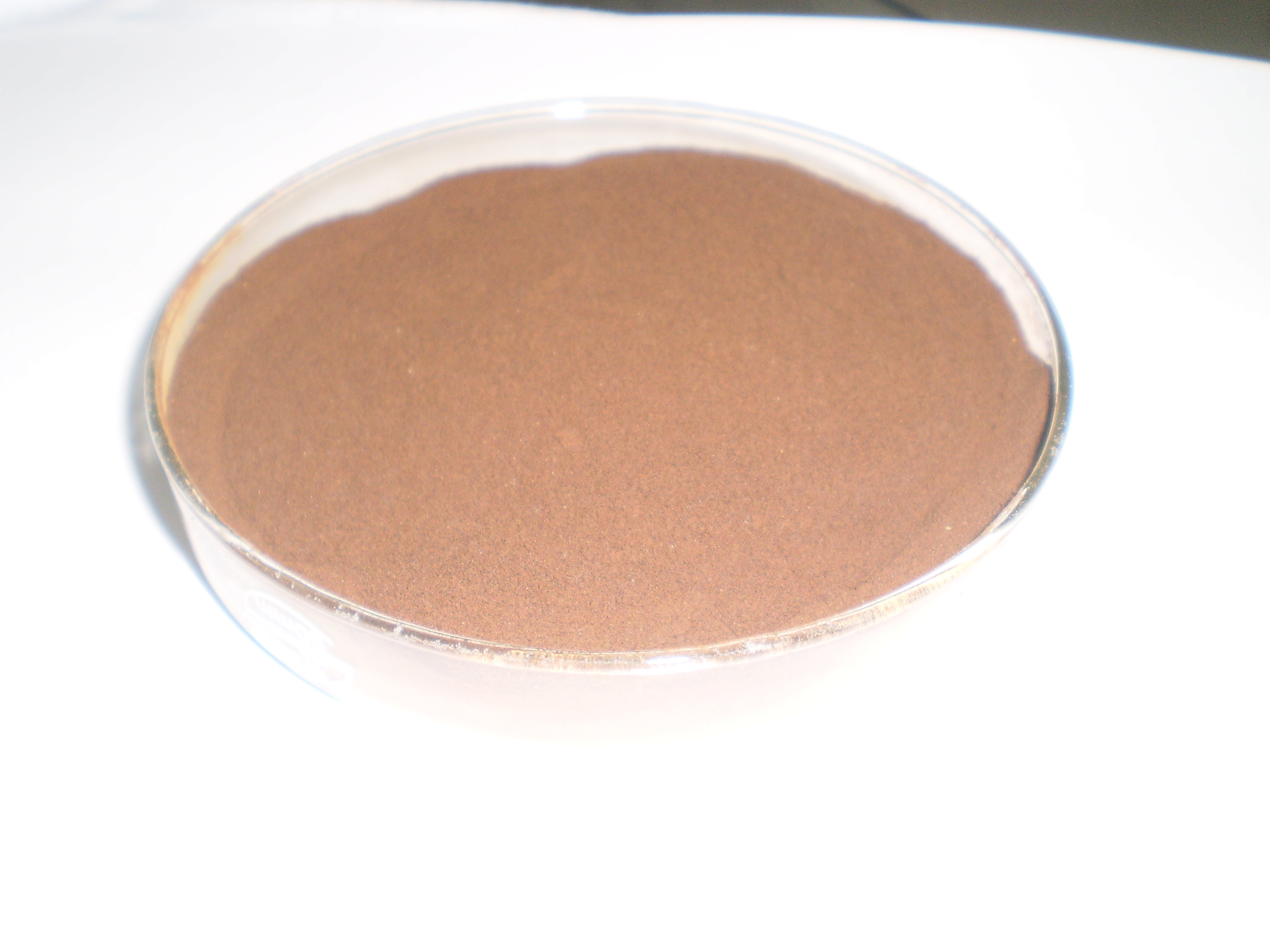Both the adsorption of SL on the fiber surface and the
dark brown color of SL would cause fiber staining, which
tends to distort the authentic color of dye on the fabric.[23]
The degree of fiber staining would be more serious as the
color of sodium lignosulfonate becoming darker and the adsorption capacity strengthening the fiber. The adsorption of sodium lignosulfonate on fiber surface is mainly related to its structural features. The degree
of fiber staining of different SL samples was tested.
It is known that the degree of fiber
staining is associated with concentration of SL. When the
concentration of sodium lignosulfonate is less than 6.0 g=L, the degree of fiber
staining increases with the molecular weight increasing,
especially for those fractions for which the cutoff molecular
weight ranges of more than 5 and 50 kDa, and the degree of
fiber staining are more serious than that of SL-0. While
when the concentration of SL is more than 6.0 g=L,
the degree of fiber staining decreases with the increase of
molecular weight and lower than that of SL-0.
In general, fiber staining is related to the adsorption
performance of SL on fiber. Li[24] et al. indicated that SL
dispersants usually adsorb onto the solid surface by means
of hydrogen bonding, hydrophobic interaction, and electrostatic interaction. Since fiber is not charged, the main
adsorption force should be hydrophobic effect and hydrogen bonding interaction between fiber and SL molecule.
The hydrophobic effect is related to the content of hydrophilic group and molecular weight of SL, and the hydrogen
bonding interaction depends on the hydroxyl (phenolic or
alcoholic) group.
When the concentration of SL is less than 6.0 g=L, the
fractions of SL-2 and SL-3 adsorbing on the fiber mainly
rely on stronger hydrophobic interaction due to their high
molecular weight and lower hydrophilic group content, and
result in more serious staining than SL-0. As SL-1 has a
lower molecular weight than SL-2 and SL-3 and a lower
content of phenolic hydroxyl and carboxyl than SL-0, the
weaker hydrogen bonding and hydrophobic interaction
between SL-1 and fiber reduce the fiber staining to the
lowest degree.
When the concentration of SL is more than 6.0 g=L, the
phenolic hydroxyl and carboxyl group of fractionated SL
are all less than that of SL-0, which means the hydrogen
bonding interaction between SL and fiber weaken and result
in the decreasing of the adsorption of SL. In addition, the
steric hindrance effect of SL with high molecular weight
inhibits the SL macromolecules from entering the internal
structure of fibers and adsorbing on fibers, which leads to
the degree of fiber staining becoming weaker with the
increase of molecular weight.

